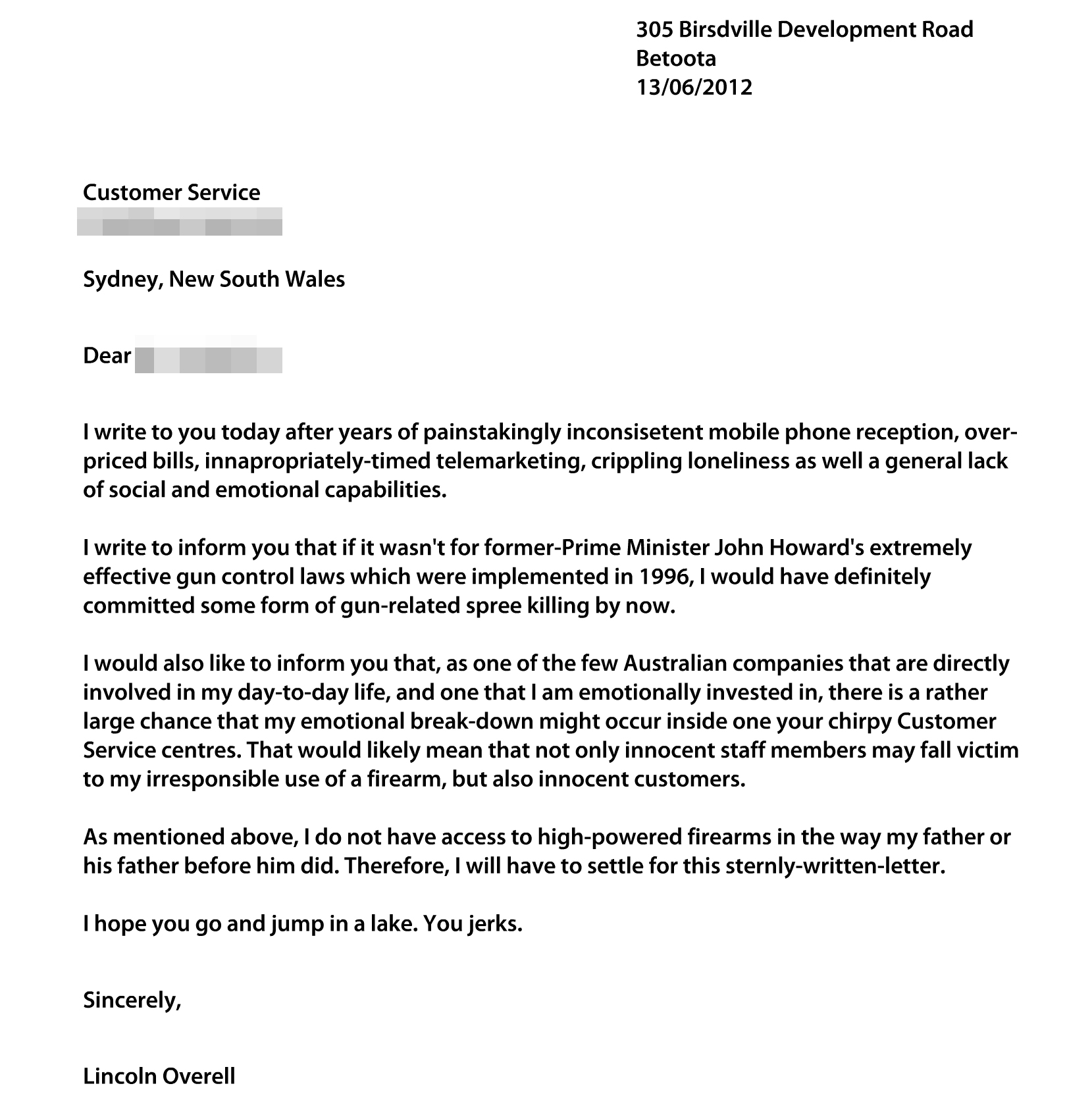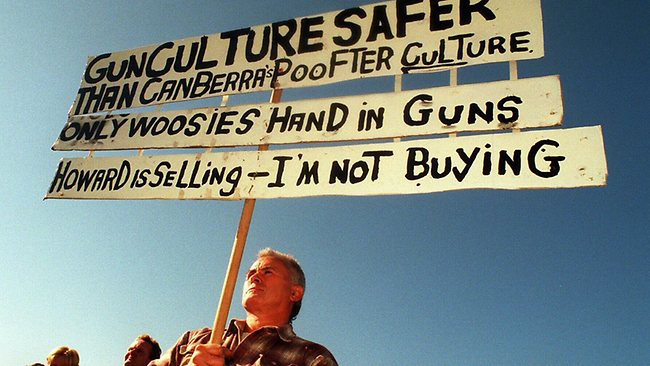
CLANCY OVERELL | Editor | CONTACT
The AFP have today commented on what the Daily Telegraph has described as a “national embarrassment” – Australia’s dramatic rise in sternly-worded letters.
“Australians represent one of the largest contributors to sternly-written letters in the developed world,” said high-ranking AFP official, Doug Hole
“Out of the 18 million stern letters received globally in 2019, Australia was responsible for at least eight million of them,”
“These letters range from your run-of-the-mill customer complaints, passive aggressive thank-you letters to drunken wedding guests and, of course, half-hearted death threats to former employers”
Sergeant Hole went on to explain that these endemic rates of stroppy correspondence is a direct result of the Howard Government’s National Gun Buy-Back scheme in 1996, and the subsequent legislation regarding gun ownership to be put in place since then.
“From the moment high-powered machine guns were regulated, we have seen a concerning jump in the rates of Australians venting through the power of the pen,”

“It is a concern, yes. One that proves very testing for our nation’s Human Resources sector,”
The Betoota Advocate spoke with Monash University professor, Dr Eileen Dover about this issue. She says it’s a discussion Australia is not yet ready to have.
“Once upon a time, middle-class Australians were able to deal with their angst, frustrations and crippling mental derangements in a much more efficient manner,”
“That being, the act of purchasing a firearm at their local hunting store, and then, pending on background checks, firing it at innocent people before turning it on themselves,”
“Howard has dramatically changed the way our most sociopathic citizens communicate,”

“Gone are the days where they were able to get sufficient attention by simply walking into a department store or playground. They are now left to deal with a web of consumer relations bureaucrats,”
Dr Dover went on to explain that mentally ill firearm enthusiasts should not have to pay for the actions of one overly-enthusiastic firearm owner in 1996.












So the US didn’t have a reform, but follow the same trend downwards from the “1996” reforms in Australia?
Using those statistics, the USA rate has dropped ~4.5 deaths per 100,000 whereas Australia has only managed to obtain a decrease in ~2.5 deaths per 100,000 people.
Effectively, the USA has doubled the reduction in deaths per 100,000 people in the same period as what Australia has, without the introduction of any “miracle” gun reform that occurred here in Australia…
Interesting… So can we really conclude that the gun reforms have been as effective as they were made out to be? Or are we just following the same trend seen in the USA?
Now, now… we must remember that stern letters don’t embarrass people, people embarrass people.
Russel, look at the graph harder.
The US rate has dropped, but it went from 15 to about 12, whereas the Aussie rate went from 3.5 to 1.
We have achieved a 70% reduction but they have achieved a 20% reduction. The graph is confusing because they are using to separate axes.
Deffo some stroppy corro there.
That’s some really poor graph design. Why have two Y scales for values that should be directly comparable?
There’s 2 Y axes because the thing being compared is the rate not the total. You’re directly comparing the rate.